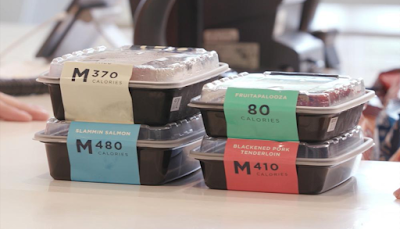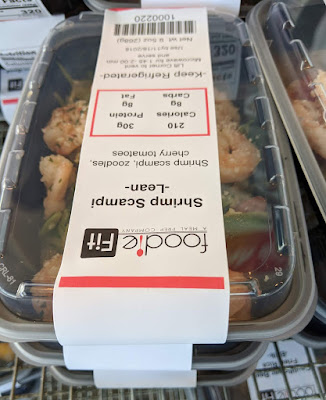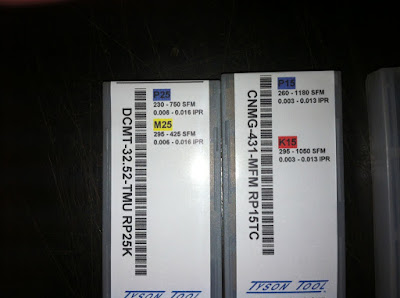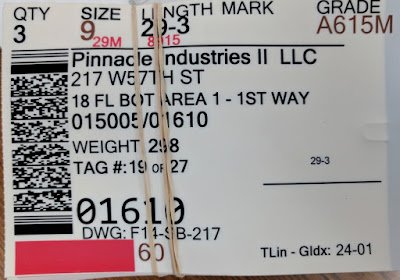 |
| Color-Coded Food Labels |
And recently, I read a saw a video from ColorDyne, a competitor as we don’t resell their printers, on one of their customers, Soli, color coding their food products. See it here:
Second, on-demand, color-coded labels are flexible. Prior to on-demand color, Soli purchased preprinted labels which are totally inflexible. Soli needs to make changes on the fly; including developing new dishes. With preprinted labels, Soli was constantly stuck with label stock, creating waste and obsolete inventory.
Third, on-demand, color-coded labels are affordable. In the video, Brown says his preprinted labels were costing as much as $0.90 each in the small quantities need for each SKU. Now Soli is paying only $0.19 each per printed label.
 |
| Foodie Fit Label |
What is interesting to me is Soli seems to be paying significantly more per label than our customer, Foodie Fit. In the post, the estimated ink cost was only $0.013. And Foodie Fit’s latest actual cost for either their 16.75” or 19” long labels from us is a small percentage of total mentioned by Brown in the video. It seems we are saving Foodie Fit money compared to Soli. (FYI: I don’t know if Brown was including labor and overhead costs to determine label costs).
 |
| Brite Labs Label |
Beside applications for food, we have written about many other color-coding applications. One market where color seems important is cannabis. In these posts, Brite-Labs uses color for strain identification, as did Georgetown Cannabis some time ago. We have several cannabis companies using print on-demand color labels for strain identification.
Read more here:
 |
| Tyson Tools Labels |
Color-coding can benefit Manufacturers as well; especially on the shop floor. Learn how Pleasant Mattress uses color codes in manufacturing and in their shipping. In the post, Russell Raymond said, “the color codes prevent potential errors. If a shipping error is made, the incorrect color sticks out. The color-coding labels in our operation saves us time and potential costs.”
And one of the first posts I ever was a part in creating involved logistics; again from a million years ago. Read how Tubelightuses color for staging and shipping. In the post, Scott Moray said, “Because we can identify shipment materials for any particular day, we require less time to load and unload, allowing our internal personnel and drivers to be more productive.”
The video by ColorDyne is a good reminder of the benefits or color-coding labels; but many different industries, not just food, can benefit from this application of on-demand labels. Contact us on how color-coding would benefit your operations and sales.
Guy Mikel
855-962-7670
info@colorlabelsolutions.com




